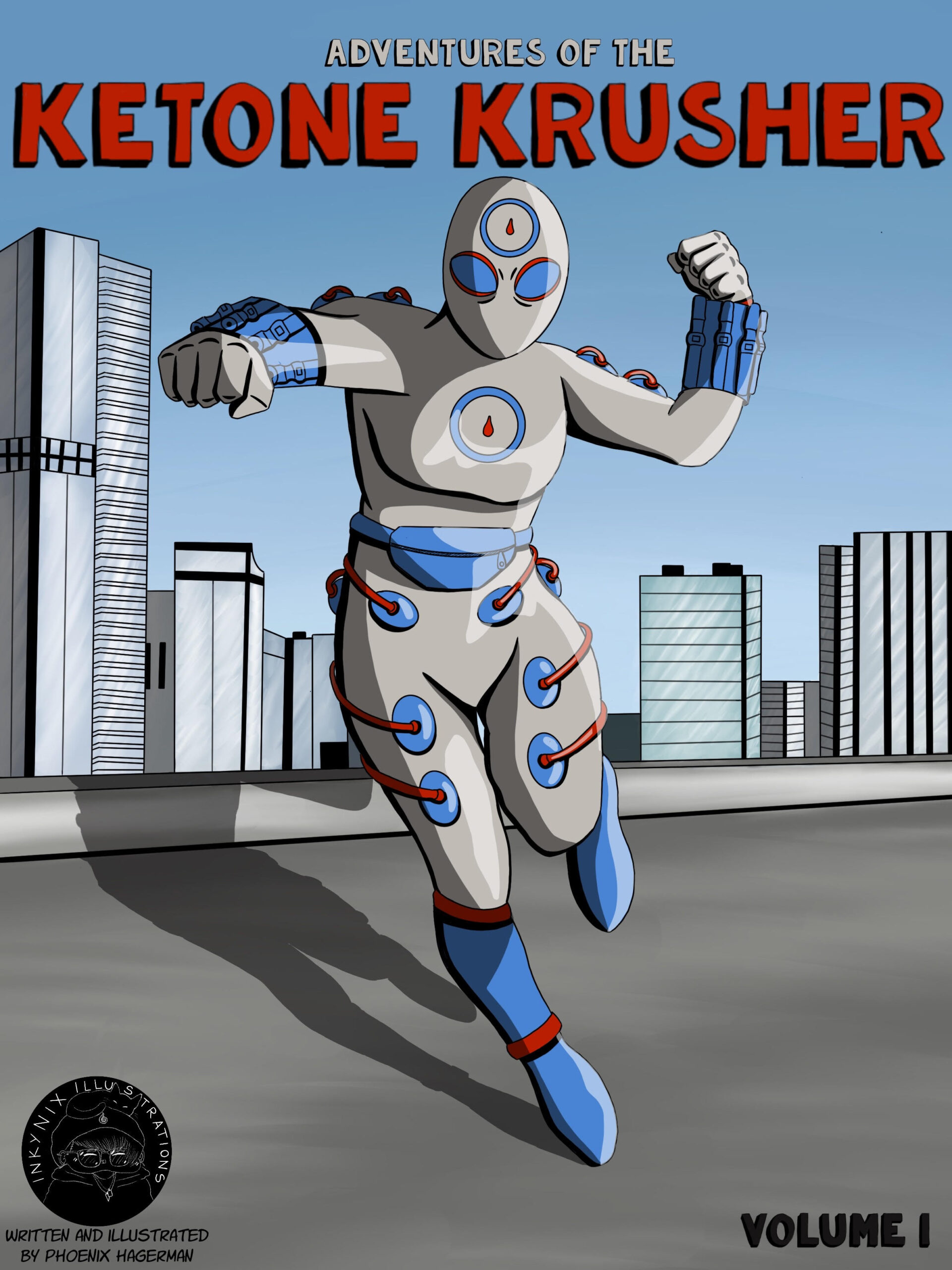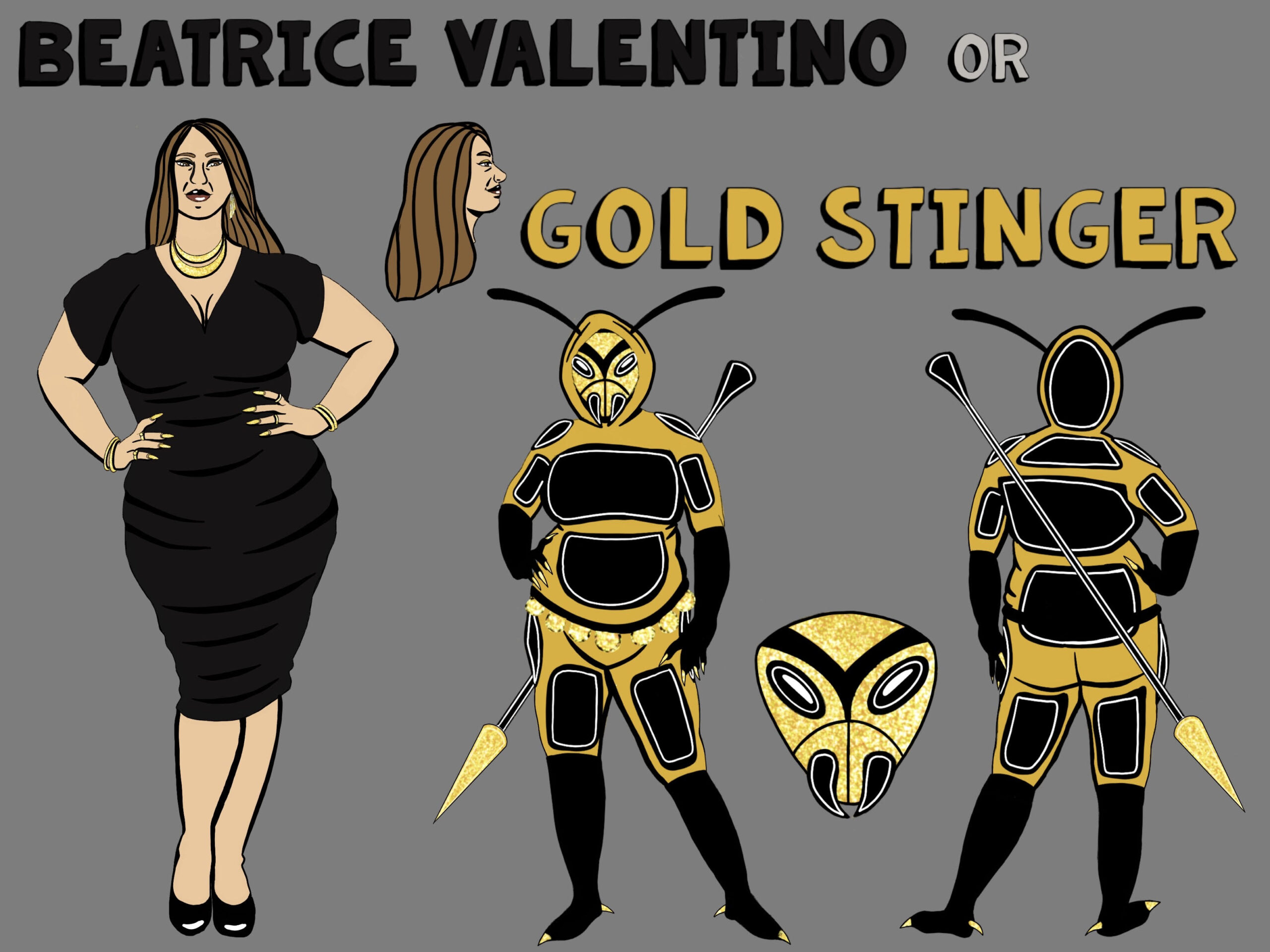Artist Biography
For as long as I can remember I have been obsessed with designing fantasy characters. As a child, I built my own worlds through my imagination with pencil and paper. I read comic books and watched animated tv shows and movies, marveling at the characters brought to life. Creating art has always been a form of expression and coping for me since I was four years old and diagnosed with type 1 diabetes. As a child, I remember wondering why there were no heroes or characters who had type 1 diabetes, or any other sort of chronic physical or mental condition. I remember wishing there was a comic book about a superhero with a chronic illness, something that accurately depicted a chronic illness condition and made the superhero powerful at the same time. Now, eighteen years later, I can finally make my dream a reality. The art that I have created for this thesis is a comic book about a female superhero with type 1 diabetes. However, I know that more than just one main character is key to making a comic a good read. I also created a superhero sidekick, the main villain, the villain’s henchmen, and several side characters. Each of these characters has a digitally drawn physical character board created on an iPad. The boards are printed out on a larger scale and mounted on foam core. The comic book itself is also printed in monochrome with some pages including the colors blue, red, and yellow which represent the protagonist, the sidekick, and the villain. The twenty-one pages are put together as a traditional comic book with a cover page.
Thesis Abstract
Throughout history, there have been many visual artworks portraying people with disabilities, both physical and mental. However, there are many instances where these artworks are inaccurate and give people with disabilities a bad stereotype. Additionally, in written works, the main characters have always been written as strong, able-bodied males. Through a literature review and arts-based research, this thesis aims to explore the history of ableist protagonists and the significance of a female main character in both literature and visual art. The creation of a graphic novel with a female disabled protagonist is used to further this research and give a strong example of how disabilities should be displayed in media and visual art. As a result, the art-making included five-character boards and one printed graphic novel with twenty-one digitally rendered pages in monochrome color with some pages featuring the colors blue, red, and yellow. Exploration of emerging themes, future directions and limitations during the process are discussed.



